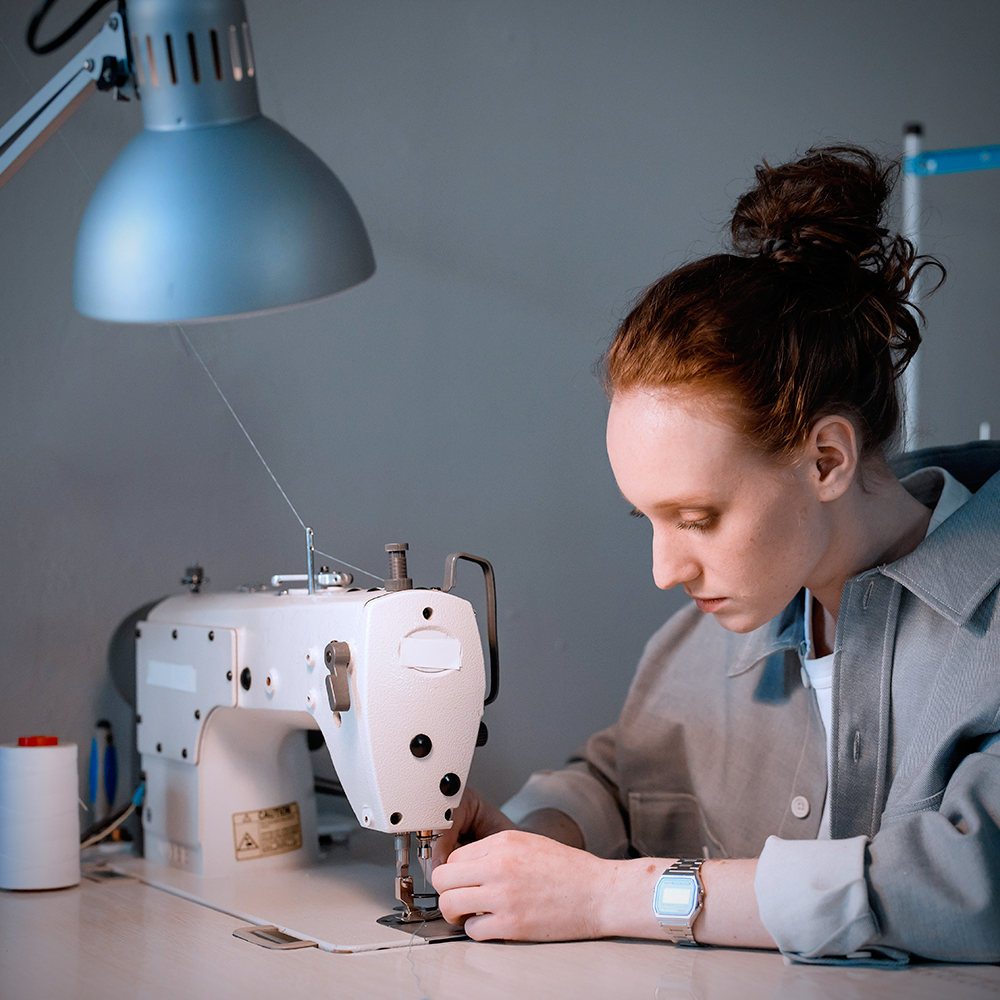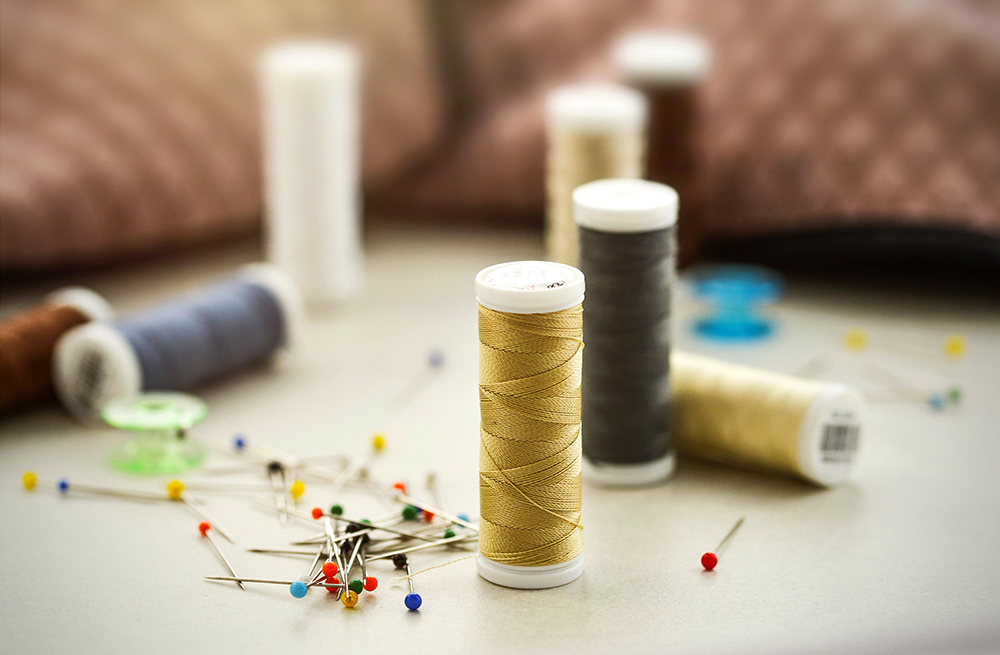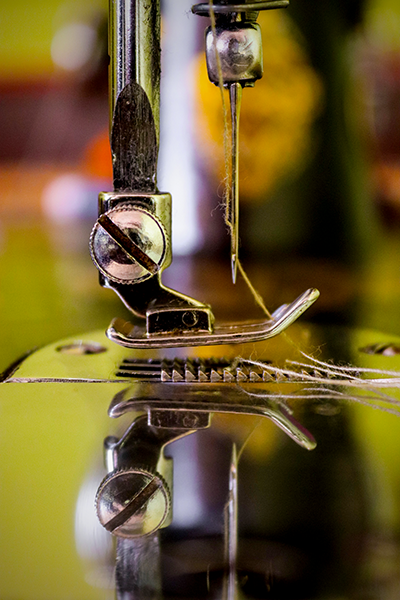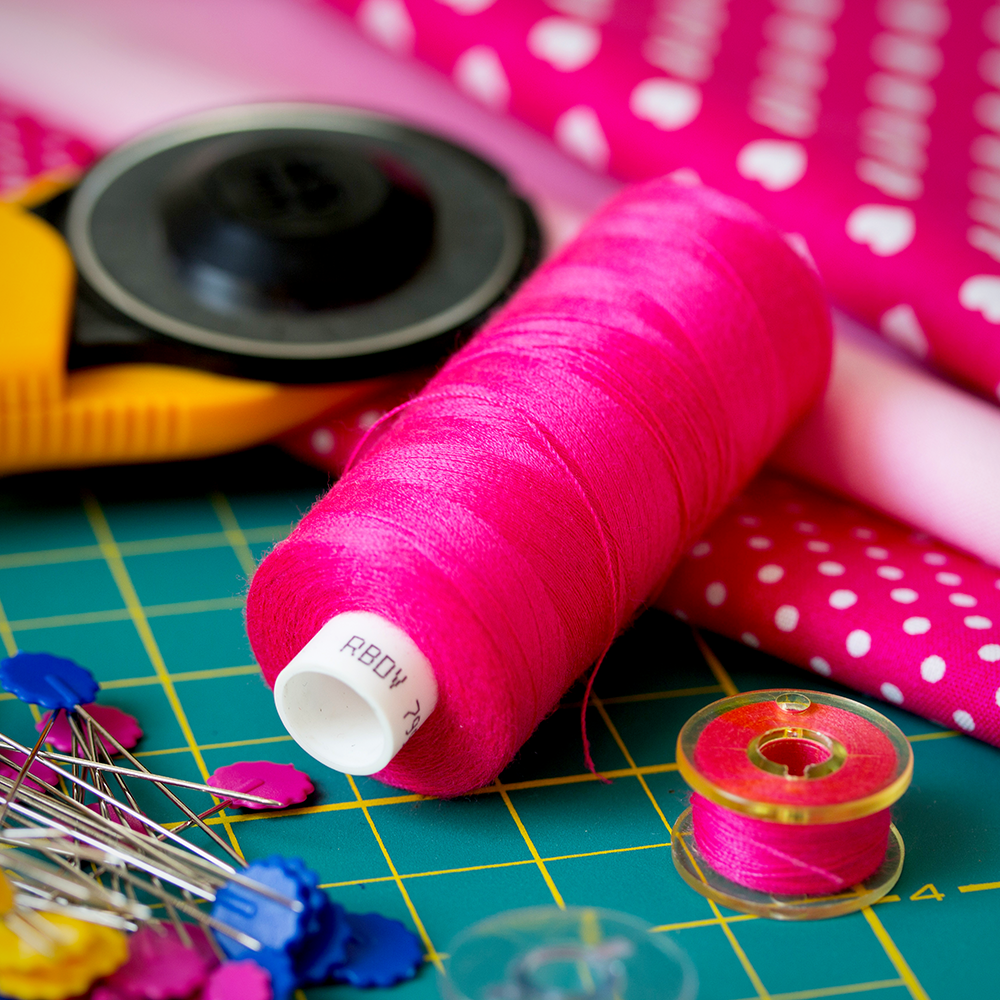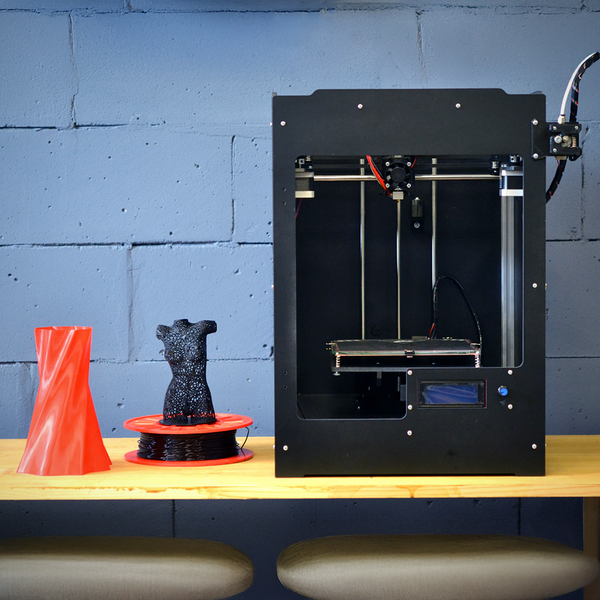Sewing is a versatile skill that can be used for a variety of projects, from mending clothes to creating awesome art.
If you're new to sewing or are thinking about picking it up as a hobby, there are a few essential supplies you'll need to get started.
Here are 7 must-have sewing supplies for any artist.
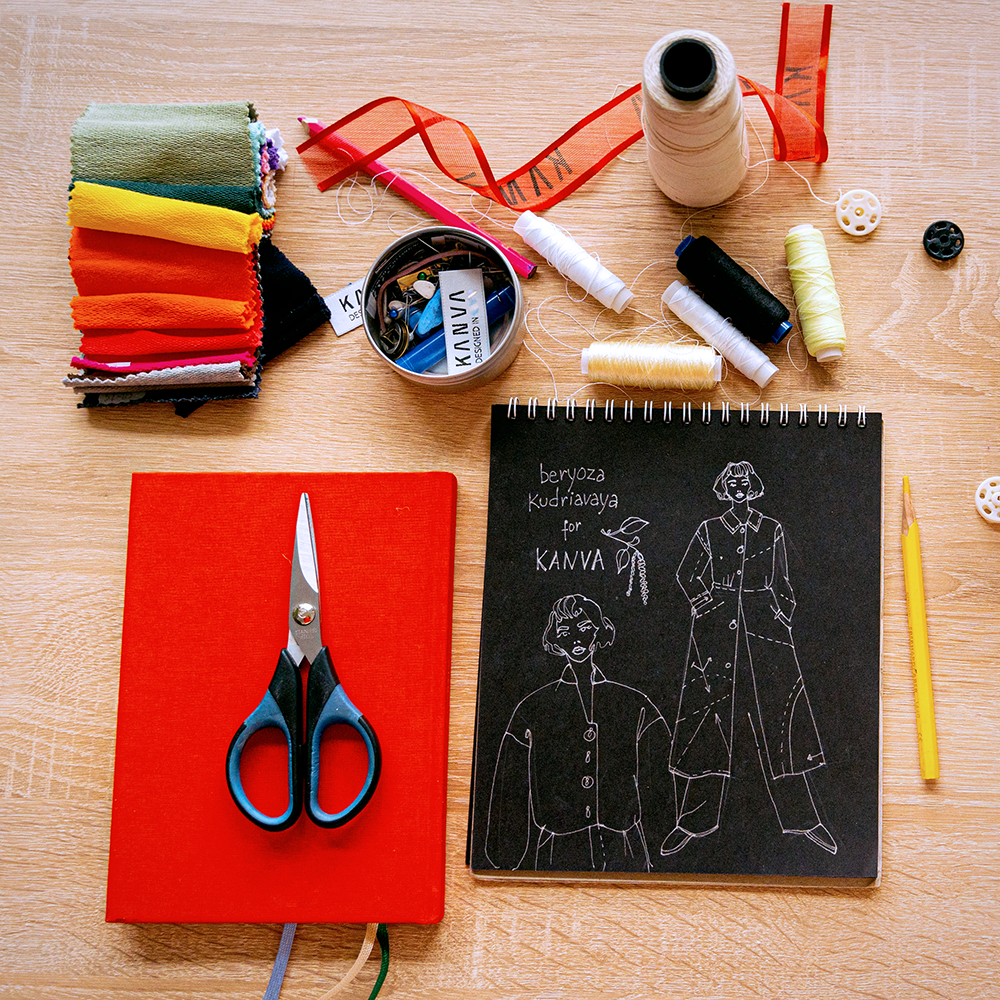
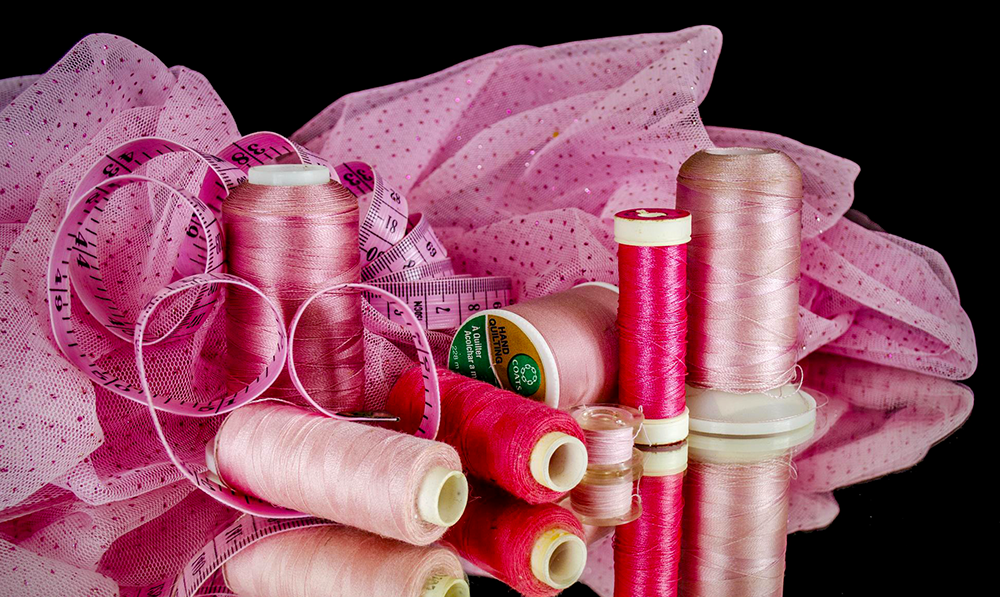
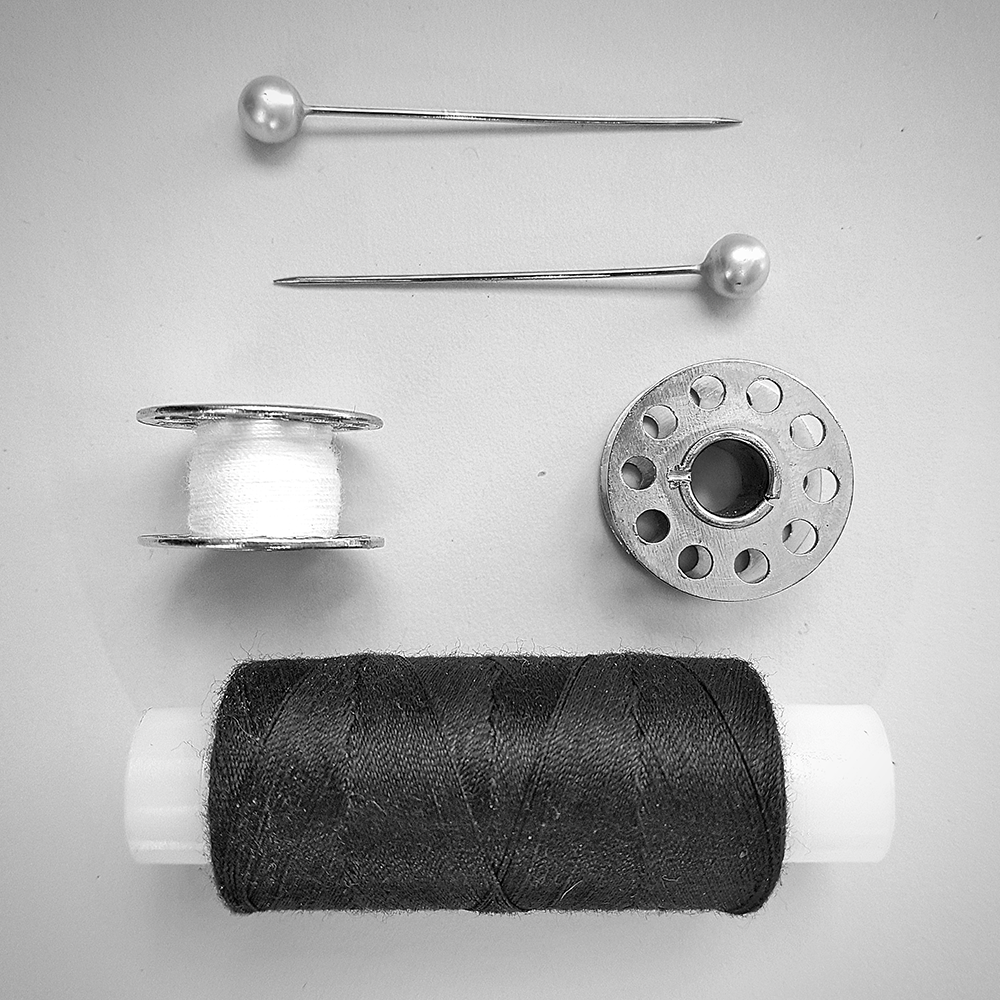
Sewing Basics
Sewing is the art or craft of joining two pieces of fabric together using thread and a needle.
It's a versatile skill that can be used for a variety of projects, from mending clothes to creating awesome art.
If you're new to sewing or are thinking about picking it up as a hobby, there are a few things you should know before you begin.
There are two main types of sewing: hand sewing and machine sewing.
Hand sewing is more portable and can be done without a power source, but it's usually slower than machine sewing.
Machine sewing is faster and more precise, but you'll need access to a sewing machine and an electrical outlet.
No matter which type of sewing you choose, you'll need some basic supplies for your sewing kit.
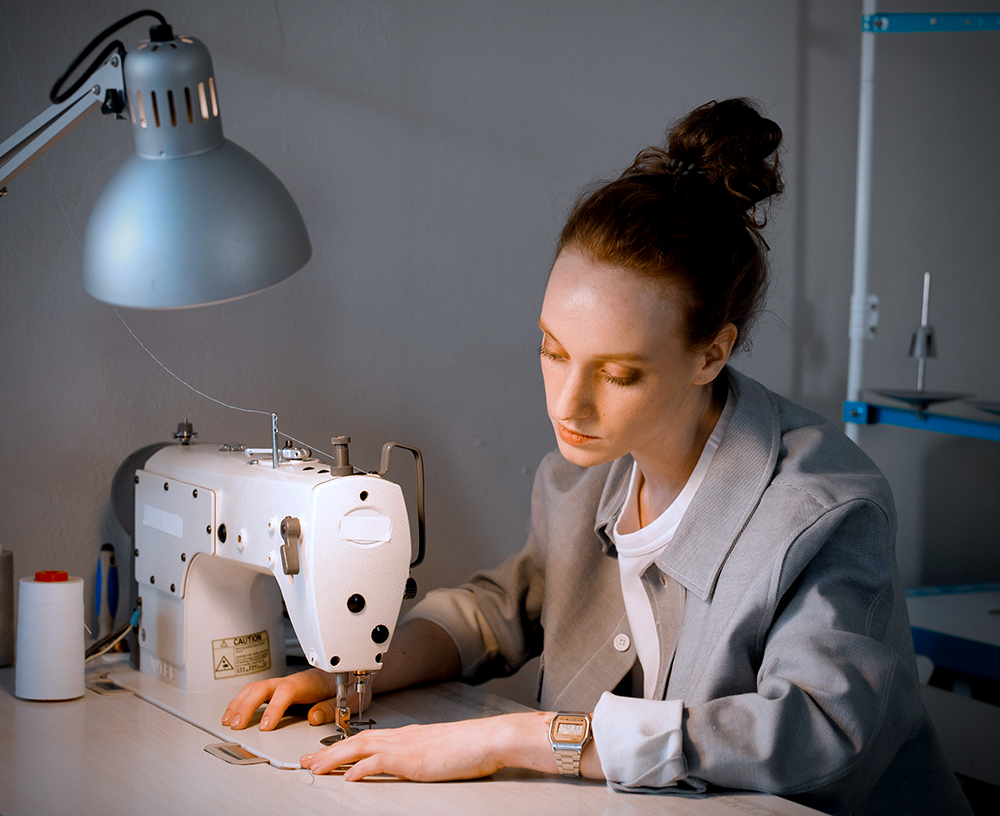
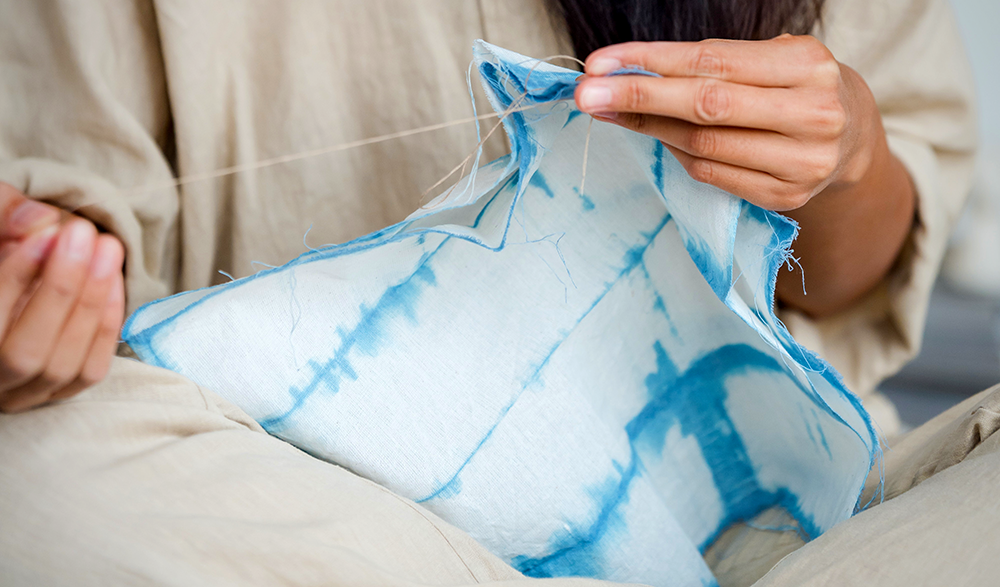
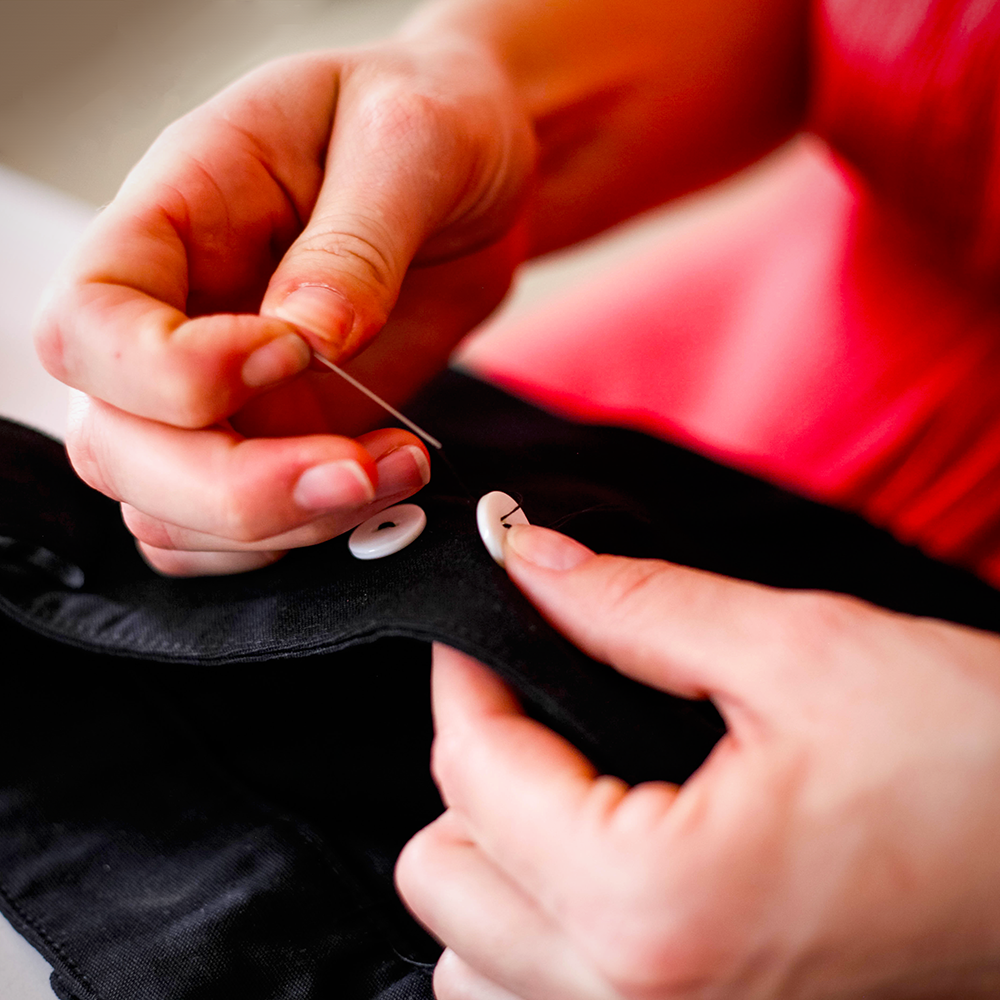
A Reliable Sewing Machine
This is an obvious one: a reliable, quality sewing machine should be at the top of your sewing supplies list because itcan make all the difference in your sewing projects.
Sewing machines are favorite sewing supplies for beginners because they're relatively easy to use and can save you a lot of time.
When you're just starting out, it's tempting to buy the cheapest machine you can find.
However, this is usually not a good idea because cheap machines are often lower quality and can be difficult to use.
It's better to invest in a mid-range or higher-end machine that will last you for years and won't give you as much trouble.
You will definitely thank yourself later!
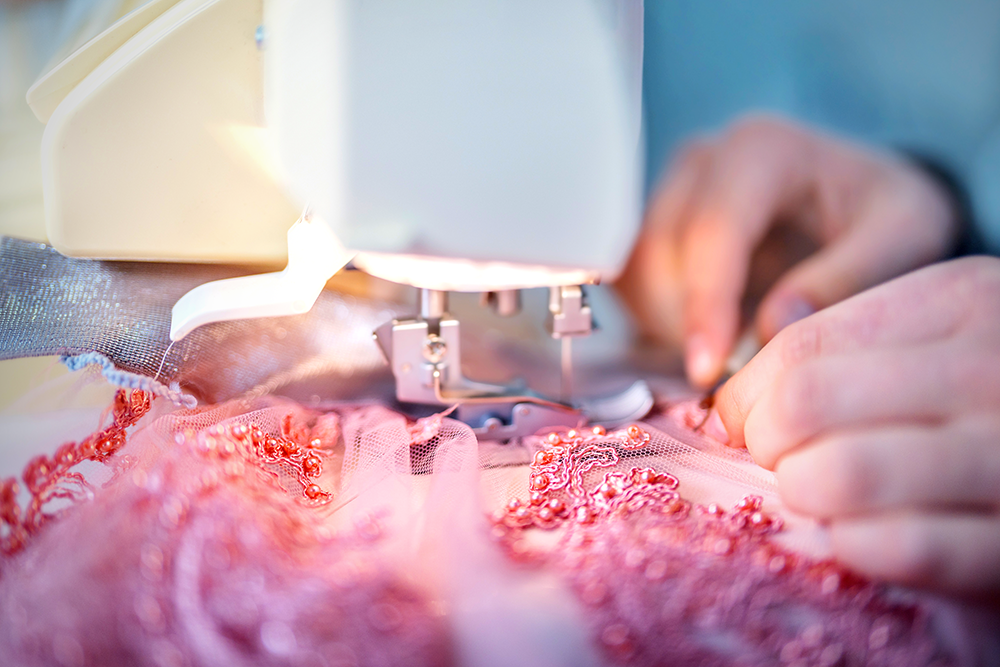

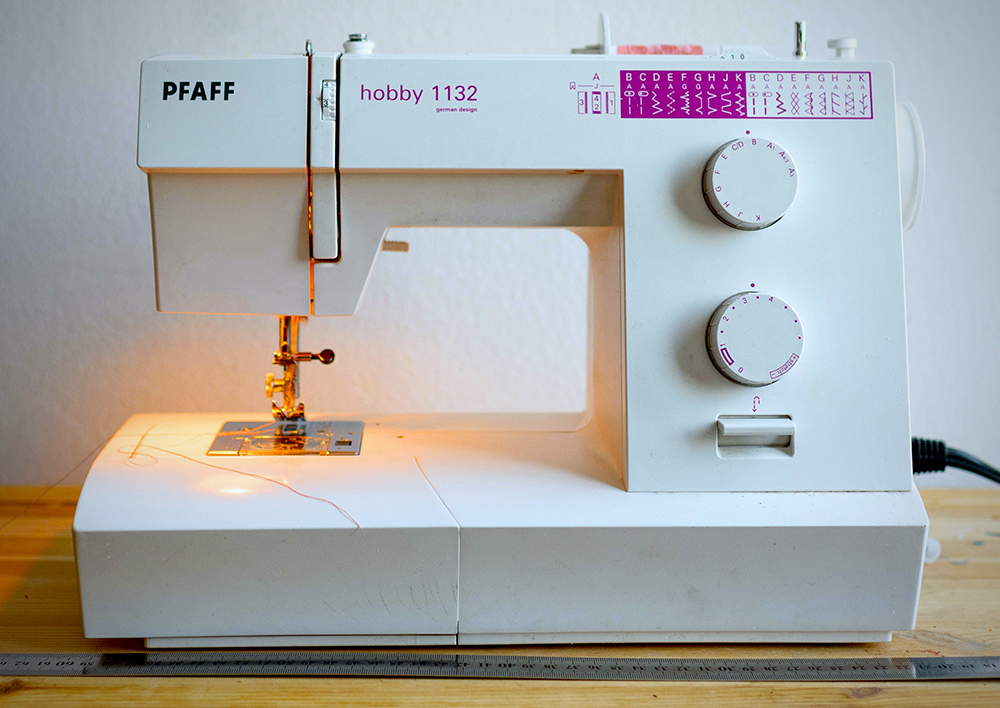
Quality Thread
Another important thing to consider is the quality of thread you use.
This is especially important if you're working with delicate fabrics like silk or chiffon.
Lower quality threads are more likely to break or snap, which can ruin your project.
Investing in good quality thread will save you a lot of frustration in the long run.
So, do yourself a favor and get some quality thread!
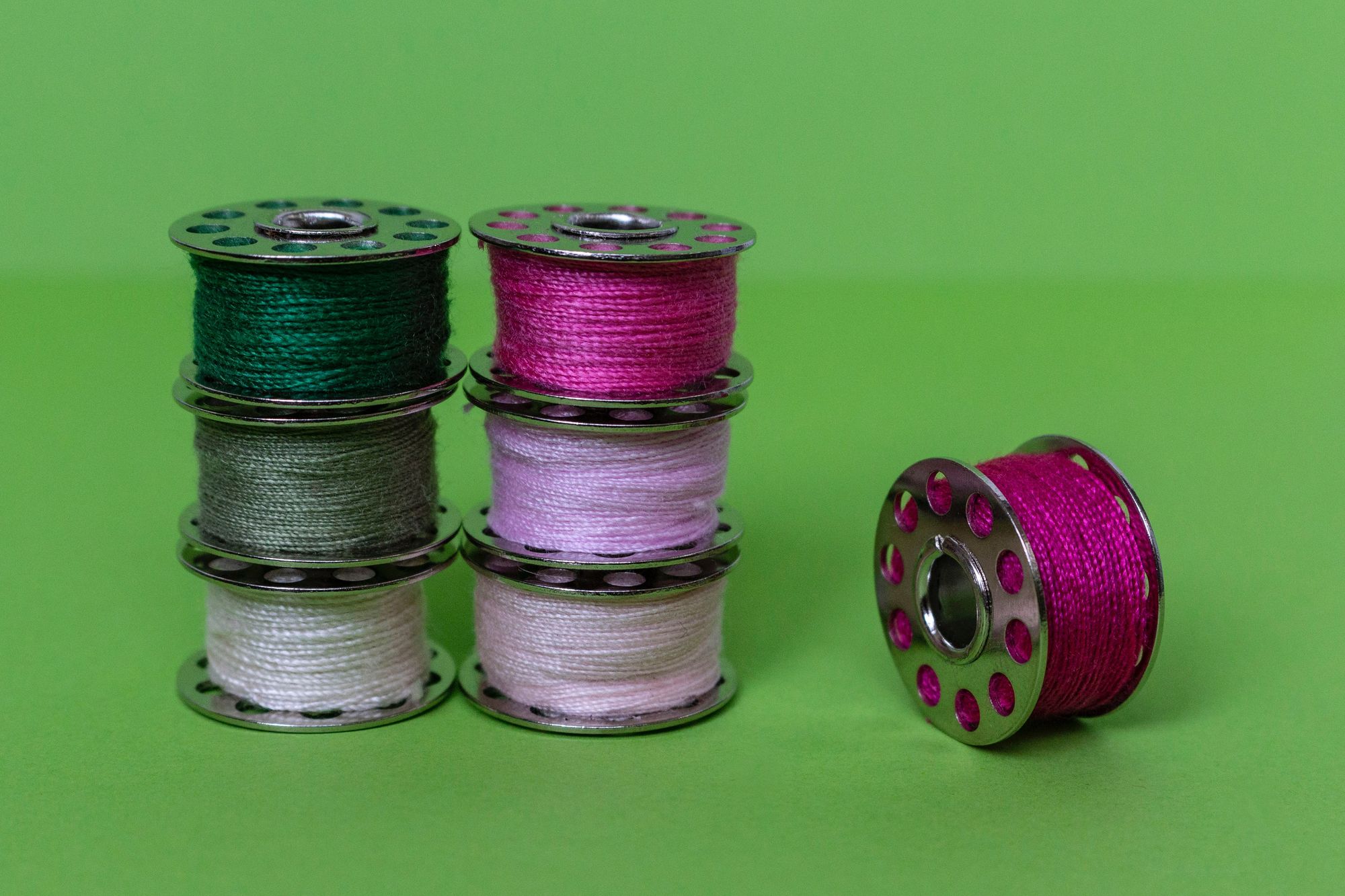
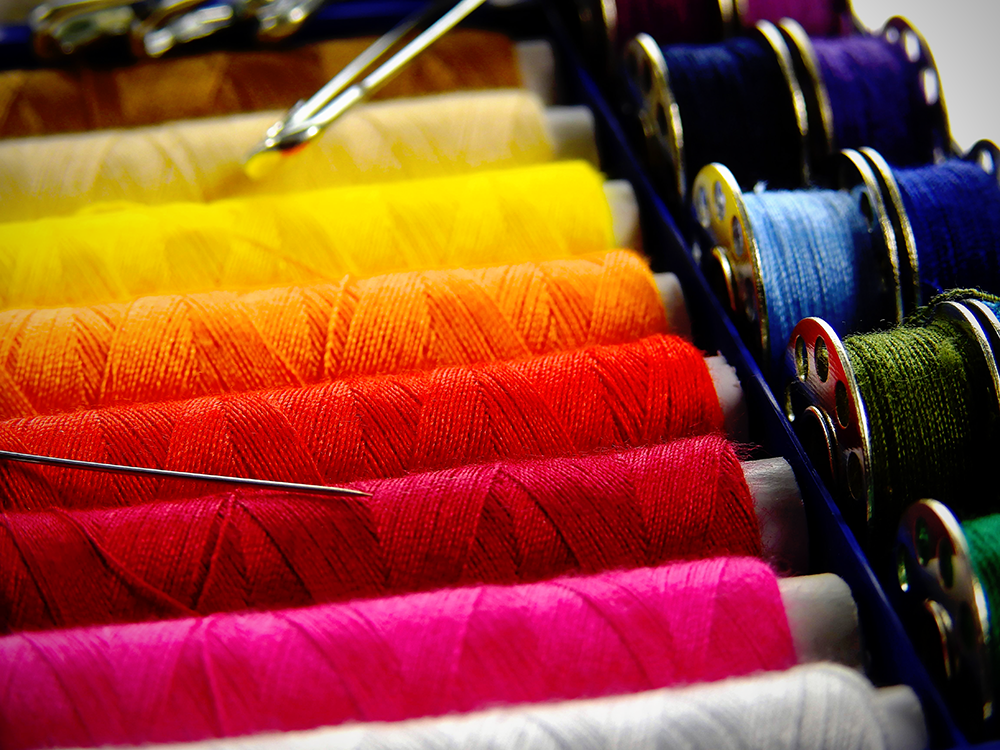
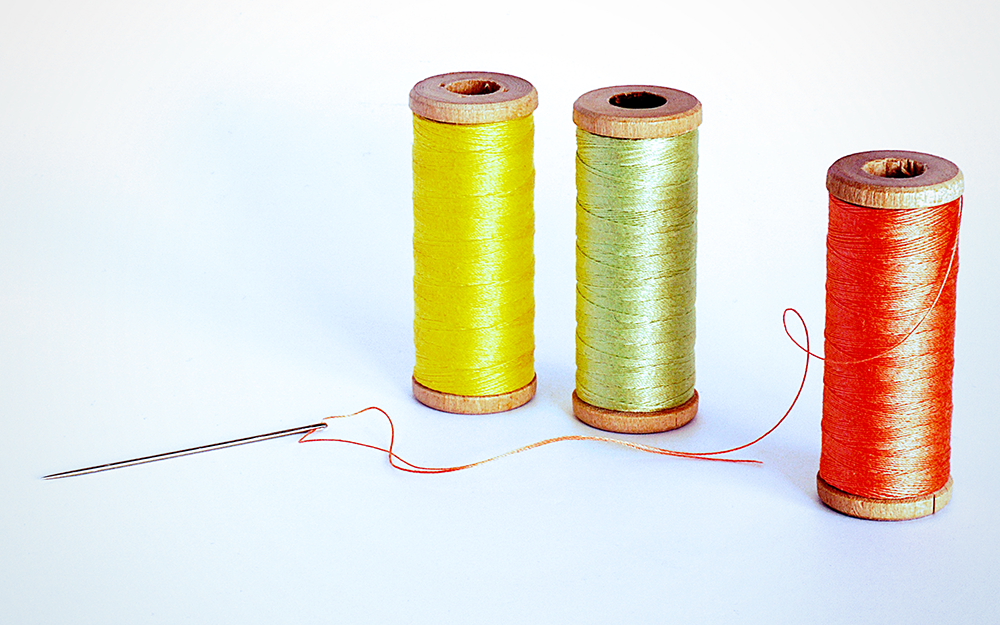
Different Types of Needles
Not all needles are created equal!
There are different types of needles for different types of fabrics and projects.
They range from heavy-duty needles for denim to delicate needles for silk.
There are specialty sewing machine needles and hand-sewing needles.
The type of needle you need will depend on the project and fabric you're working on.
For example, you wouldn't use the same type of needle for sewing leather as you would for sewing chiffon.
Picking the right needle will make sewing a lot easier and will help you avoid damaging your fabric.
For example, if you're working with denim, you'll need a heavy-duty needle that can handle the thickness of the fabric.
On the other hand, if you're working with delicate fabrics like silk, you'll need a thinner needle so that you don't damage the fabric.
Make sure you have a variety of needles on hand, so you're always prepared with the right type for your project.
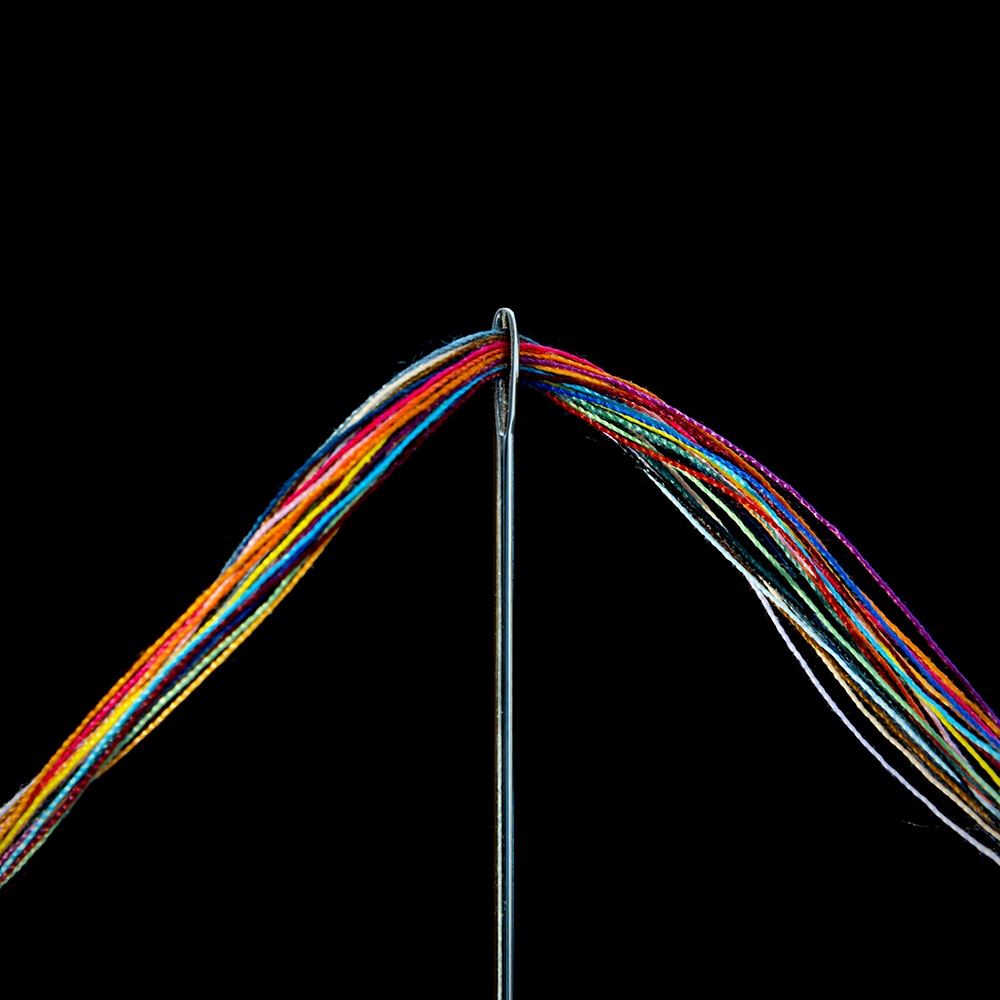

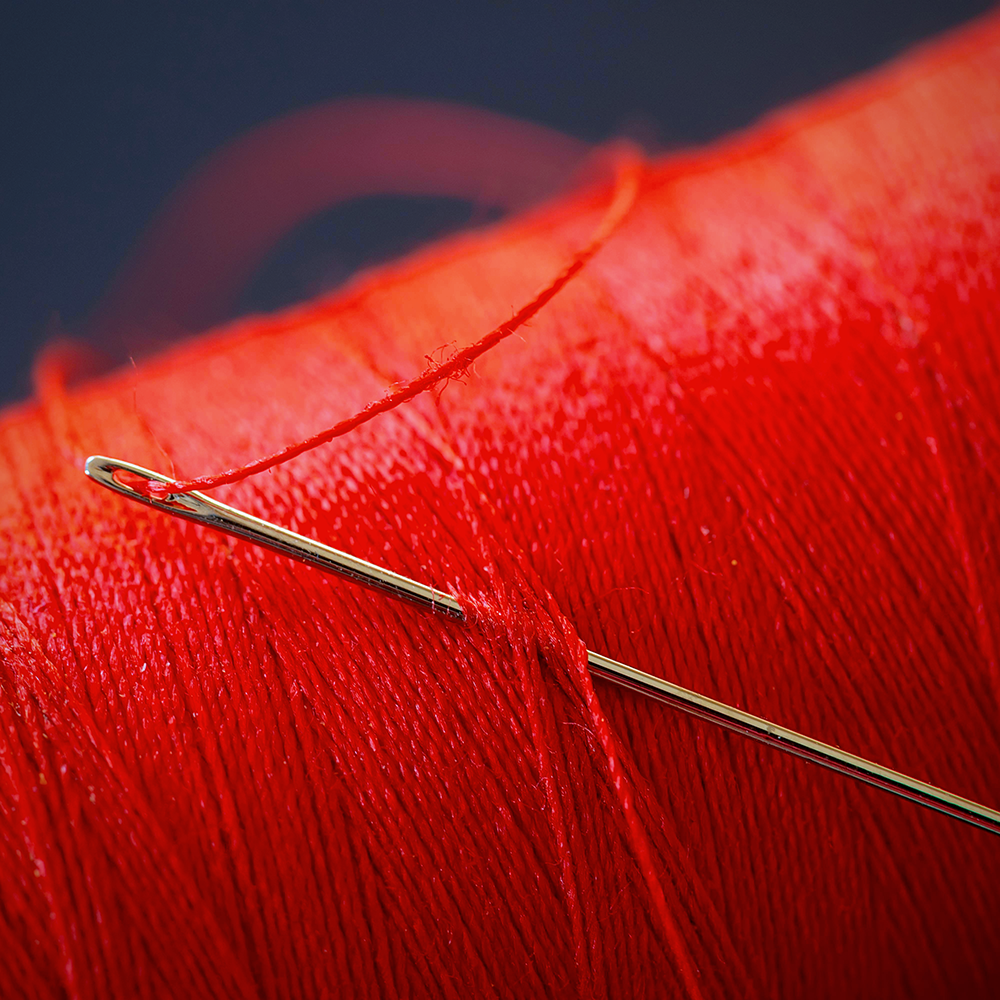
Cutting Tools
You'll also need some cutting tools to get started.
At a minimum, you'll need a sharp pair of sewing scissors.
A good pair of scissors is an important tool for any sewer because it will help you make clean, precise cuts.
You'll need cutting tools for cutting fabric; there are a few different options, but the some of the most common are rotary cutters, fabric scissors, and shears.
Rotary cutters are great for cutting straight lines, and shears are better for cutting curves.
You'll also need a cutting mat to protect your surfaces and keep your cuts straight.
If you're planning on doing a lot of sewing, you most likely want to invest in a rotary cutter and self-healing cutting mat.
A rotary cutter is a circular blade that you roll along the fabric to cut it.
They're great for cutting straight lines, and they make the cutting process a lot faster.
A cutting mat is a thick piece of material that you put under your fabric to protect your surfaces and keep your cuts straight.
You'll need a cutting mat that's big enough to fit your fabric, so make sure you measure before you buy one!
You'll also probably want to invest in a seam ripper.
A seam ripper is basically a small tool that helps you remove stitches without damaging the fabric.
It's an essential tool for making alterations or repairs.
Make sure to get one with a sharp blade so that it can easily cut through stitches without tearing the fabric underneath.
Cutting tools are a must-have for any sewer.
Invest in a good pair of scissors, a rotary cutter, and a cutting mat, and you'll be able to handle any project that comes your way.
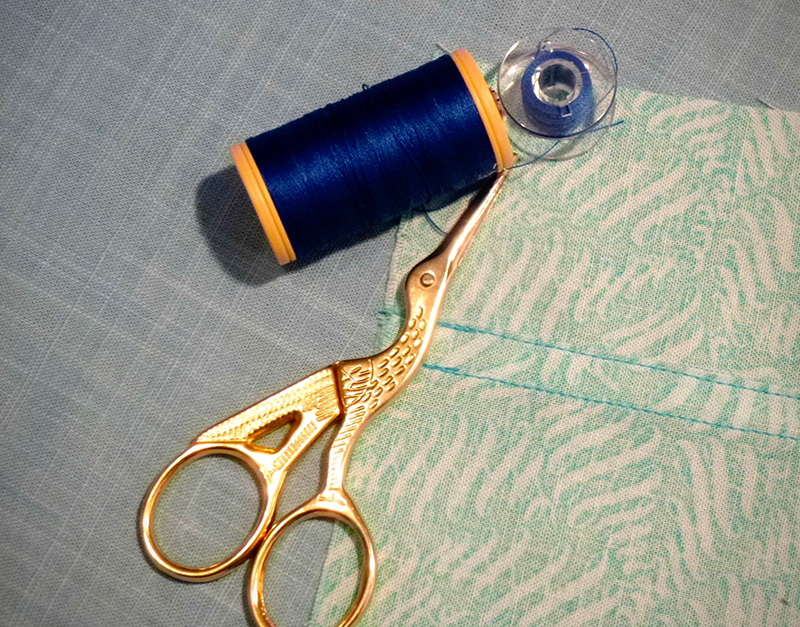
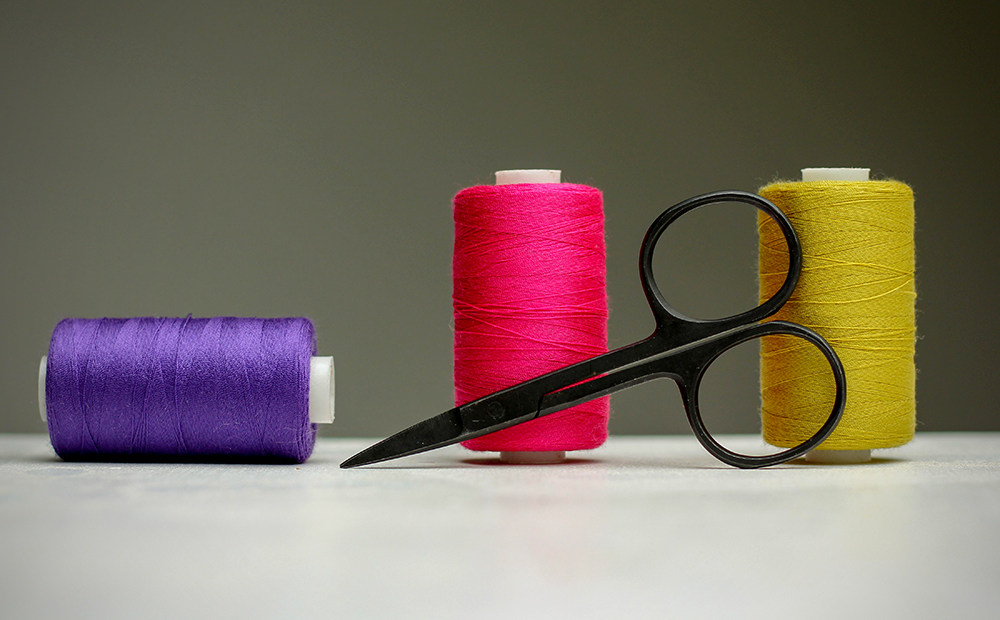

Measuring Tools
You'll also need some measuring tools to get started.
At a minimum, you'll need a tape measure.
A tape measure is an essential tool for any sewer because it will help you make sure your fabric is the right size.
You might also want a ruler or a yardstick.
A ruler is great for making sure your cuts are straight, and a yardstick is helpful for measuring long lengths of fabric.
You'll also need a measuring tape.
Sewing pins and pin cushions are essential for keeping your fabric in place while you're sewing.
They also come in handy for marking where you need to make cuts or alterations.
Invest in a good set of pins and make sure to store them in a pin cushion when not in use so that they don't get lost.
Ensuring you have the right tools to measure is vital for a positive sewing experience.
You don't want to end up with a garment that doesn't fit, so make sure you have these tools on hand.
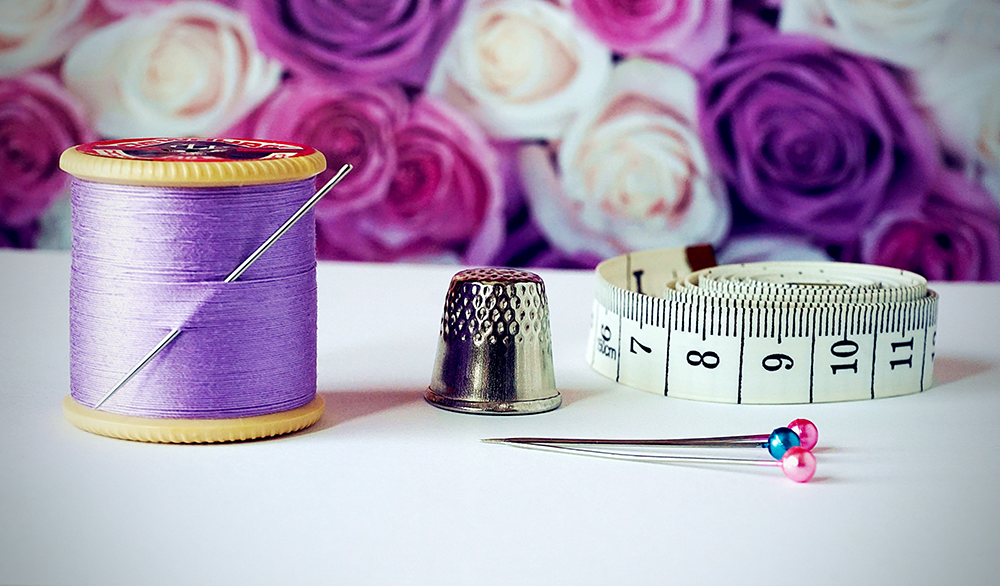


Thimbles and Bobbins
You'll also want some thimbles and bobbins to get started.
Thimbles are small, metal caps that you put on your fingers to protect them while you're sewing.
They're essential for hand-sewing because they help you push the needle through the fabric without poking your finger.
Bobbins are small, spools of thread that you use in conjunction with a sewing machine.
They help you keep your thread organized and prevent tangles.
You'll need one bobbin for each color of thread that you're using.
Make sure to get a set of thimbles and bobbins before you start sewing!
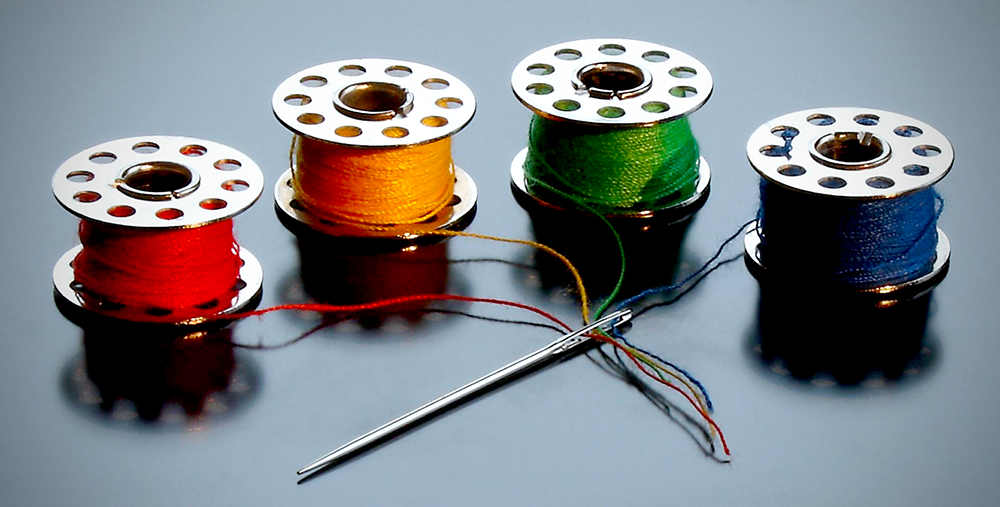
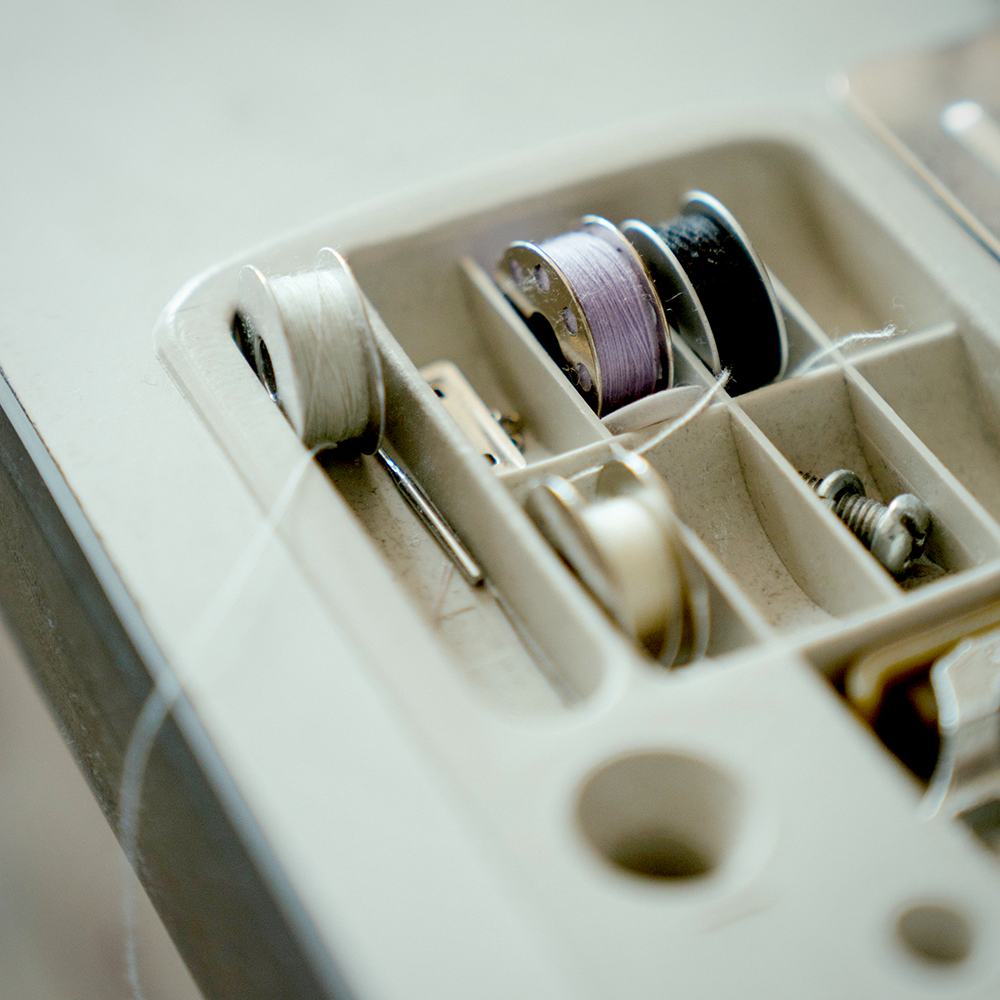
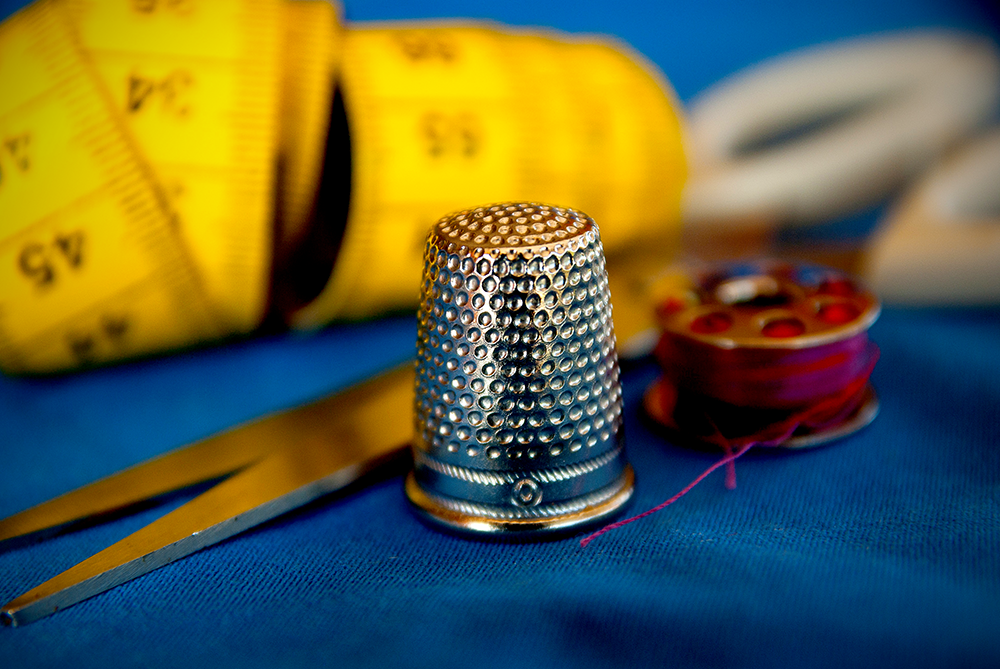
Sewing Box
Having a sewing box organizer to store all of your sewing accessories and materials is a great way to keep everything organized and in one place.
A sewing box typically has multiple compartments or drawers to store all your sewing tools.
This way, you can easily find what you're looking for when you need it.
Sewing boxes come in a variety of sizes, so make sure to get one that's big enough to store all of your supplies.
No matter if you want to try sewing garments, curtains, or quilts, you will want to store your best sewing supplies in a reliable sewing box.
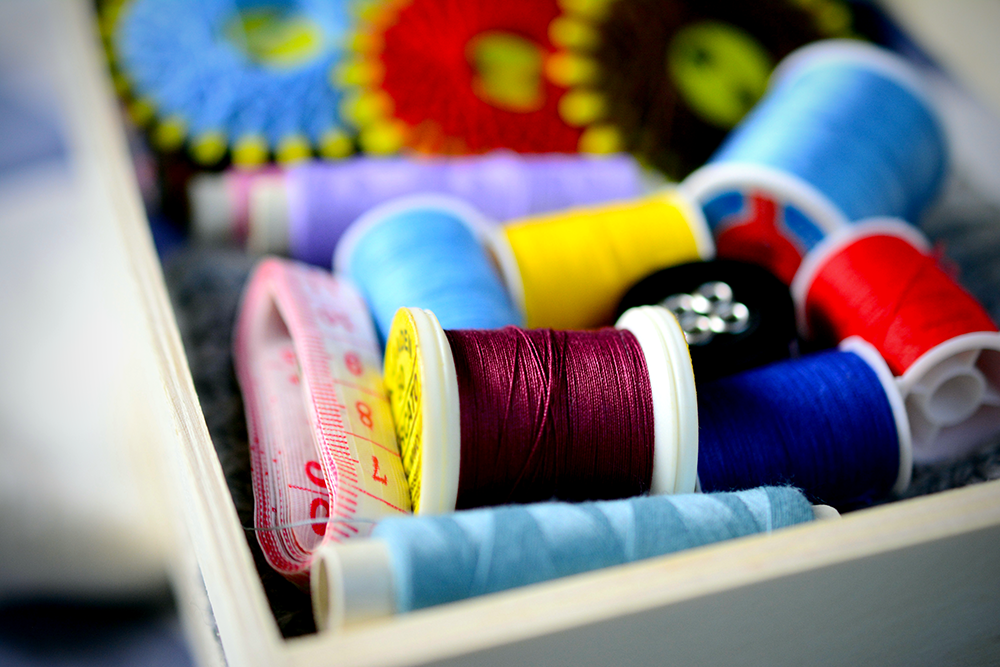

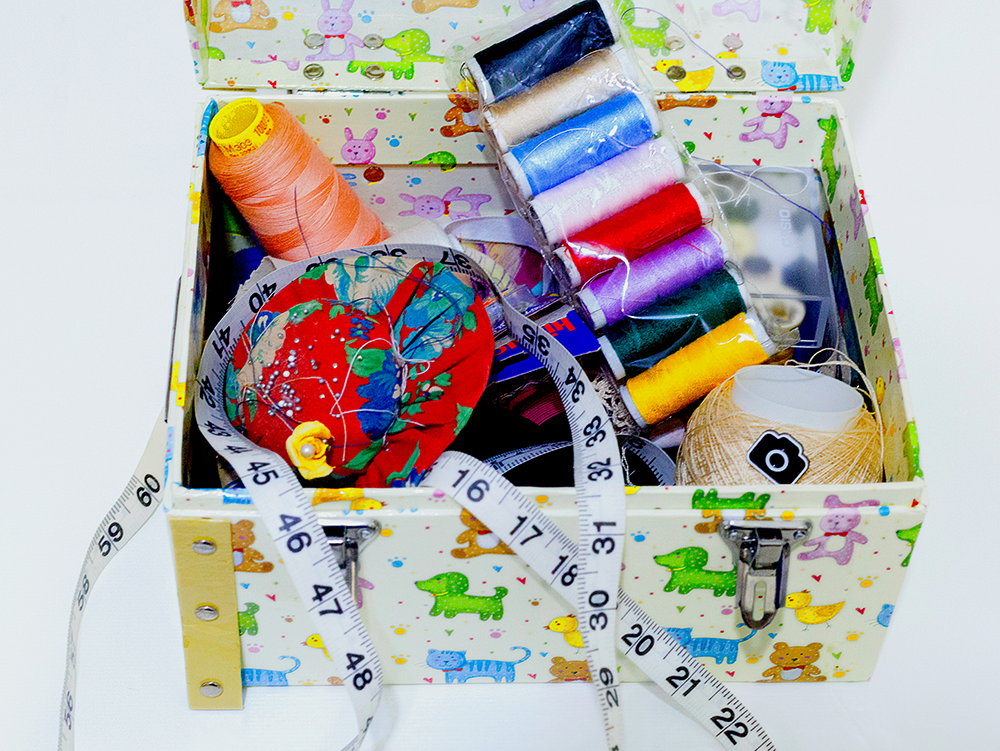
Assembling Your Sewing Essentials
Sewing is a great hobby to pick up, and it's not as difficult as you might think.
All you need is a few basic supplies and some practice, and you'll be sewing like a pro in no time.
Make sure to get the essential supplies listed above before you start, and you'll be on your way to becoming a sewing expert.
Armed with these sewing tools in your sewing room, you'll be well on your way to tackling any sewing project that comes your way!
So, what are you waiting for? Get sewing!


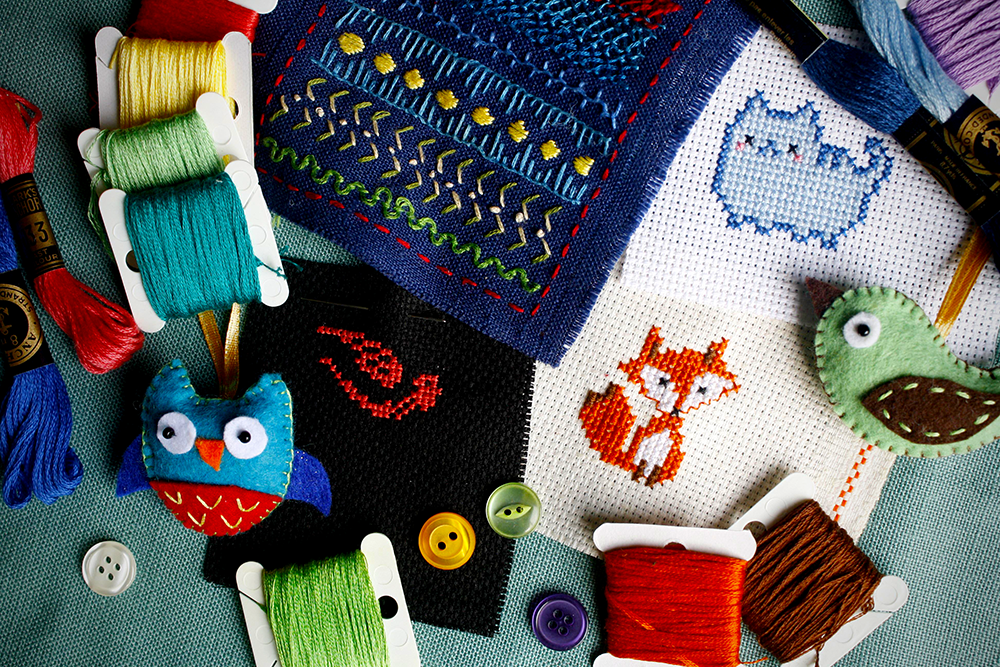
Interested in learning more about sewing essentials? Check out withwindy's video!
Want even more content about creativity and art?
Be sure to check out all of our creative chronicles!
Interested in sewing?
Check out some of our other articles:
